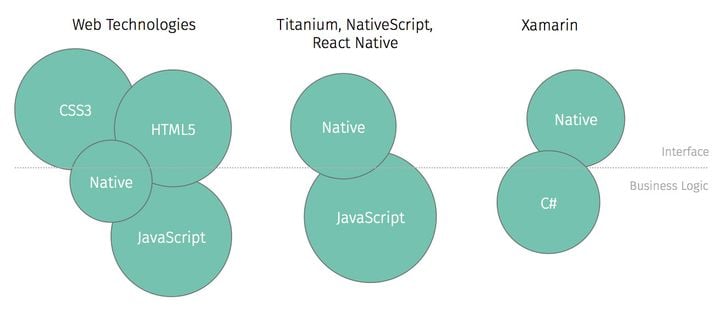Adaptability is key: How we tackle complex app projects

In today’s blogpost, Tobias Wenz, project manager at Hybrid Heroes, gives us an insightful view on how knowledge transfer works in the communication with a client in order to conceive and implement complex topics within a new application.

Tobi used to work as a designer before deciding to move on to project management. His background helps him a lot in the thinking process of how to visually shape and implement a topic and in the co-operation with the app design team: “You establish a way of seeing things”. Tobi is not the only one with a diverse background in the team. One of our lead developers for example did work as an architect before conceiving app architectures with Hybrid Heroes.
Kickoff and Learning
But first let’s sketch it: How does project management work when a new project is kicked-off? Depending on the requirements of the app, we normally offer a series of workshops to our clients in which the main concepts are clarified, estimated, and prioritized in order to find the most consistent and efficient way to the final product. During these workshops Tobi builds up his “relationship” with the clients. In the end, as he emphasizes, the project manager is like a translator between the client’s wishes and the operative implementation of the designers and developers: “You have to speak the language of the client”.
In the end, topic-wise competence comes from understanding the clients wishes. So, adaptability is key. Especially considering that complex app projects might be on-going work for months or even years. During this work process, the situation, the goals or even the needed technology might change.
" The more you see and feel the complexity, the less complex it actually feels." — Tobi, Project Manager
Concept and Design Phase
Then it’s time for prototyping to visualize the hypothetical thinking process and also to find out if the gathered ideas do actually work in practice. The process is iterative: “First we think, then we re-think”. Usually, the prototyping is done feature-wise. Visualizing the process and including the client is very important: “The more you see and feel the complexity, the less complex it actually feels. It gets less overwhelming”, Tobi emphasizes.
The prototypes are then tested on their UI- (User Interface) and UX-Performance (User Experience). More difficult to test are subconscious and subjective matters that you cannot measure or quantify. They are therefore hard to anticipate, which calls for target group testing. We help our clients at spotting content-related problems in the app structure to ensure a smooth launch and flawless functionality.
Development Phase
During development, a key factor for project success and punctuality in order to meet deadlines is transparency. Therefore, we try to exchange as much as possible in-between our teams and with the client during the development. “The more you exchange and the more frequently you do it, the more things become clear”, Tobi says. To achieve that weekly calls and update-chats are a constant. Furthermore, we usually share a product backlog on a common platform with the client, enabling them to constantly review the implementation process.
Rollout and Operations
It sounds corny, but it’s true: The app rollout is just the beginning. We often partner with our clients such as Leasingmarkt.de, FU Berlin or RBB for years constantly improving the apps, adding functionality, and maintaining the technical foundation of the software. As project manager, it is important to embrace the operations key figures: What is the crash free user rate? How are app updates adopted? Do the number of active users increase? We consult regularly to take the right measures for maintenance and further development.
Are you interested to know more about our workflows and processes? Let's start a conversation!



